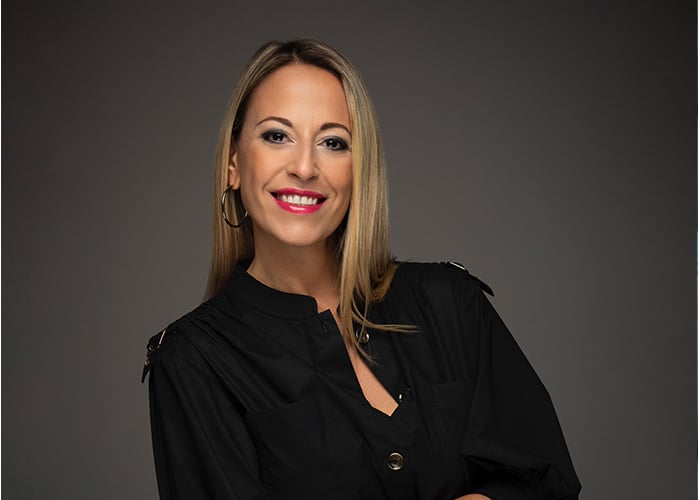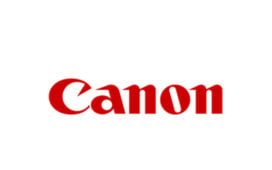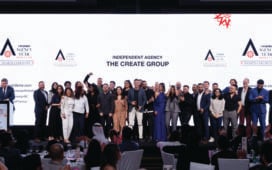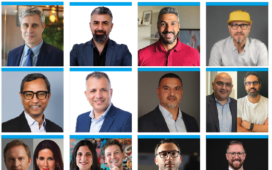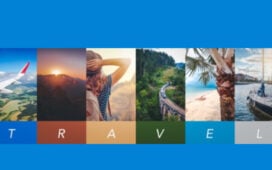by Cristina Guida La Licata, head of marketing – communications, Jeep at Stellantis Middle East
There’s an old saying, with great power comes great responsibility, and in this day and age, the power wielded by the social influencer from a marketing perspective is second to none. Whether your chosen platform is Instagram, YouTube or TikTok, recruiting the best possible social influencer for your brand can carry incredible results.
According to this year’s Influencer Marketing Benchmark Report, the social influencer marketing industry is set to grow to approximately $16.4 bn by the end of 2022. Studies have shown that consumers are more likely to believe a trusted influencer what is said about a product or brand than traditional advertising. It’s the consumer’s choice to follow or unfollow, rather than feel as if something is being forced upon them.
The Influencer Marketing Hub says that the market size could reach $84.89bn by the end of 2028, so there is definitely no sign of this phenomenon slowing down. Apparently, around two in every three marketers (63 per cent) planned to increase their influencer marketing budgets in 2021 and are likely to keep allocating more spend in the years to come.
In the UAE in particular, the industry is booming. Brands understand the value of influencer marketing and the huge impact it has on expanding their audience, generating new leads, and earning more revenue. Influencers specialising in everything from travel to sneakers guide their followers through the entire customer journey, from awareness to consideration and even purchase.
The automotive industry was quick to understand the benefits of these partnerships. At Jeep, we believe in the power of authentic content and have chosen to partner with influencers who resonate with our brand and audiences. This includes the recent launch of a campaign for the new Jeep Grand Cherokee, working with local car enthusiast, YouTube and TikTok creator Ali Al Hmoudi, and Virgin Radio Dubai presenter Kris Fade.
As technology advances, we are witnessing a continued evolution of content, from text and images to audio and video content, and even entering virtual worlds in the Metaverse. Businesses need to keep exploring these new mediums to remain relevant to their consumers. Augmented reality (AR) and virtual reality (VR) look set to become very powerful tools, where products and services can exist and be projected into a virtual space and interacted with in real time. Influencer marketing is one strategy by which brands can access target audiences within AR and the metaverse. Using 360-degree cameras, the influencer can be a guide to a lifelike version of whatever you’re trying to sell. Adidas put together a recent VR campaign with established rock climber Ben Rueck, where followers could virtually follow him as he scaled a mountain, allowing them to share in the experience for example.
But if only it was as easy as picking an influencer and watching the sales roll in. You have to make sure that the person is right for your product and campaign. For us at Jeep, Ali and Kris are ideal partners to demonstrate how the new Grand Cherokee belongs in the premium segment. Ali has managed to showcase all of the car’s new features in a way that resonates with his audience, and as a brand ambassador and well-known DJ, we’re sure Kris will share his love of the optional nine-speaker audio system from legendary US brand McIntosh – which is exclusive to Jeep.
Hand-in-hand with the rise of AR and VR, we also see the emergence of machine learning and problem-solving algorithms. This allows marketers to process data and images, helping to source the right influencer more effectively. You want to be sure that an influencer’s content aligns with your own brand values. Will it spark conversation, and is it likely to be shared?
Also, single-source technology will make it easier to analyse influencer data, and see how content is performing and how well it fits the customer’s needs. Brands no longer need to speculate or sift through posts to see which has the most engagement, giving more immediate impact on the way content is planned.
Tighter regulations and guidelines continue to be rolled out, with influencers now having to flag in most cases whether or not their posts are paid for. Many countries have also established systems and regulations to guide brands and influencers. In the UAE, influencers need to be licensed if they accept payment for working with brands, so there’s a degree of legitimacy when launching a campaign in the region.
Other than that, and in a constantly changing environment, it’s important that once the relationship with an influencer is established, you are respectful of their creative freedom – we’re not trying to influence them. After all, that’s why we were attracted in the first place.

